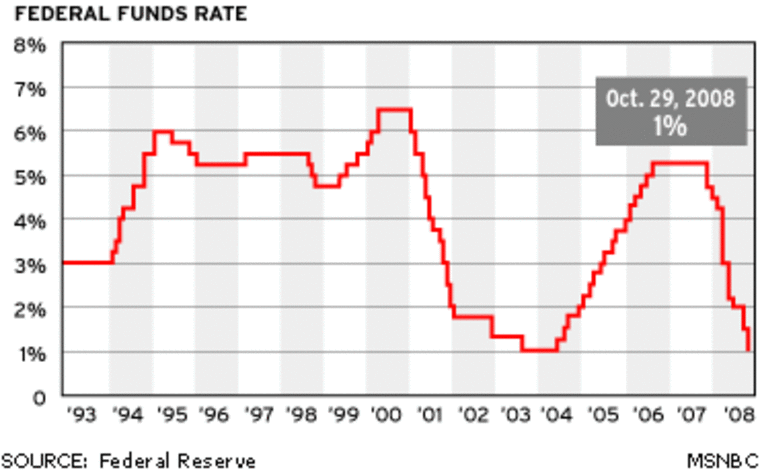Federal Reserve policymakers Wednesday decided to leave key interest rates unchanged but cautioned that economic indicators have turned "mixed" amid growing concern about the housing market.
Stock prices rose sharply immediately after the Fed decision was announced as a statement issued by the central bank made it seem unlikely policymakers will raise rates anytime soon.
Given the uncertainties about a housing correction and a mortgage correction, which are huge, I don’t see there is any way a central bank could raise interest rates," said John Silvia, chief economist of Wachovia Corp.
The statement, issued after a two-day meeting of Fed Chairman Ben Bernanke and his colleagues, concluded that the economy is likely to continue to grow moderately despite what it called an "ongoing" adjustment in the housing sector. The Fed left the benchmark overnight rate at 5.25 percent, exactly where it has been since the central bank ended a two-year rate-hike campaign in June 2006.
But the Fed said "recent indicators have been mixed," a change from the central bank's stance in late January, when it referred to "somewhat firmer economic growth."
Analysts said the central bank appeared to acknowledge it is in a bind, caught between an economy being dragged down by troubles in the housing industry and stubbornly high inflationary pressures.
David Jones, chief economist at DMJ Advisors, said he did not expect any Fed rate changes before September at the earliest. At that time, he said if inflationary pressures have eased, the Fed might cut rates once or twice this year.
Other analysts believe the Fed will leave rates on hold all year.
“This is a less favorable inflation environment and a less favorable economic environment,” Jones said. “They have got to let the dust settle on this very mixed picture before they do anything.”
Since the Fed last met in late January, financial markets in the United States and elsewhere have given investors some stomach-churning days, including a 416-point drop in the Dow Jones industrial average Feb. 27.
That decline resulted in part from troubles in the mortgage lending industry and worries that recession risks were increasing.
But the Fed retained language from past statements that expressed belief the economy will keep growing at a moderate pace.
The Fed’s decision to keep rates steady was expected. In recent comments, Bernanke and other Fed officials said they had not seen anything to change their expectations that inflationary pressures will moderate this year and economic growth will rebound.
The decision Wednesday means that borrowing costs for millions of consumers and businesses will be unchanged, with banks’ prime lending rate staying at 8.25 percent. The prime rate generally moves in lock-step with the overnight federal funds rate for interbank lending, which the Fed controls.
The recent market troubles have been blamed in part on rising financial strains among lenders dealing in risky loans — subprime mortgages made to borrowers with weak credit histories.

Investors also were unnerved by comments that former Fed Chairman Alan Greenspan made about the possibility of a recession occurring by the end of this year. Greenspan has put the odds at one in three.
Normally, the central bank would respond to spreading economic weakness by cutting interest rates. But two reports on inflation last week showed that price pressures are a problem, with both wholesale and retail prices rising more rapidly in February.
Full text of Fed statement
Following is the text of the full statement issued by the Federal Reserve:
The Federal Open Market Committee decided today to keep its target for the federal funds rate at 5-1/4 percent.
Recent indicators have been mixed and the adjustment in the housing sector is ongoing. Nevertheless, the economy seems likely to continue to expand at a moderate pace over coming quarters.
Recent readings on core inflation have been somewhat elevated. Although inflation pressures seem likely to moderate over time, the high level of resource utilization has the potential to sustain those pressures.
In these circumstances, the Committee's predominant policy concern remains the risk that inflation will fail to moderate as expected. Future policy adjustments will depend on the evolution of the outlook for both inflation and economic growth, as implied by incoming information.
Voting for the FOMC monetary policy action were: Ben S. Bernanke, Chairman; Timothy F. Geithner, Vice Chairman; Thomas M. Hoenig; Donald L. Kohn; Randall S. Kroszner; Cathy E. Minehan; Frederic S. Mishkin; Michael H. Moskow; William Poole; and Kevin M. Warsh.